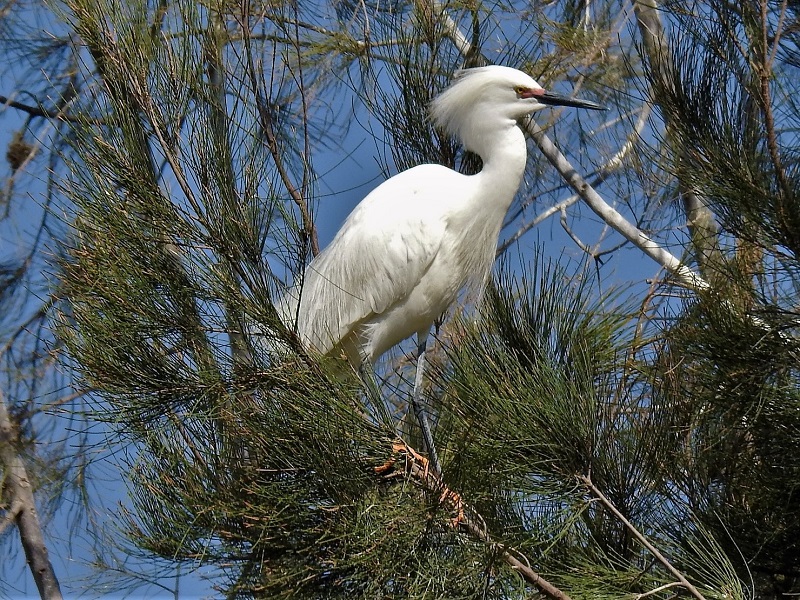By Natalie Taylor
One of the effects of the lockdown is that many of the things we used to take for granted have suddenly come into focus. As waters when receding allow us to see what is beneath, we are discovering islands of joy unnoticed before.
Perhaps you’ve been experiencing a newfound delight in the myriad chirps, gurgles, and twitters just outside your window. You may wonder if there really are more birds or if it’s your perception that has changed. Whatever the answer, welcome to what so many are discovering—the pleasures of watching birds doing what birds do.
Before the pandemic, a major social activity for many sanmiguelenses was to gather in the Jardin and watch people go by. But we can no longer sit on the park benches these days and the crowds have dissipated. Yet, as we sequester ourselves inside our homes, the birds are as free as ever. They gather in parks and treed areas to continue with their business as usual—perhaps better than usual because they have these spaces to themselves now.
You don’t need to “bird watch” in the sense of identifying species and recording their whereabouts; it’s fun observing them just as you used to people watch. Study a group of ducks, geese, grackles, pigeons, or egrets—all abundant in our city—and see how much they resemble human crowds. They greet each other with friendly gestures and touches, look askance at outsiders, squabble, conduct surreptitious business, gossip, examine adversaries, and consider potential mates.
Do you prefer one-on-one interaction instead of large gatherings? Then how about sitting in your courtyard or some wooded area and watching who flits by. If there are flowers, particularly those blooming on vines and you sit perfectly still, you will most likely see a hummingbird or two. Or a couple of sparrows chirping away as they construct a nest. If you have cacti in your garden, you may see a cactus wren precariously perched on the thorns. You may even spot a brilliantly colored vermillion flycatcher or a red-headed house finch.
Spring, in particular, is a time for noticing birds. Their courtship dances and songs are conspicuous and the males display their gaudiest plumage. In San Miguel we have many great spots for birds—the wooded areas along the Charco del Ingenio, the many kilometers of shoreline along the presas. Parque Juarez and the new Parque Zeferino. In the Los Frailes neighborhood a noisy “village of egrets” roosts on the tops of eucalyptus trees.
Watching other species go about life with no inkling of the worrisome virus we are living with can have a healing effect. It’s an antidote to the melancholy of social distancing and a reminder that things will eventually return to normal for us, too. And as you look at a bird take wing and soar toward the blue, you can vicariously enjoy its complete and carefree freedom.
Here’s ornithologist Viviana Ruiz Gutierrez’s birdwatching primer: shortwave@npr.org.

